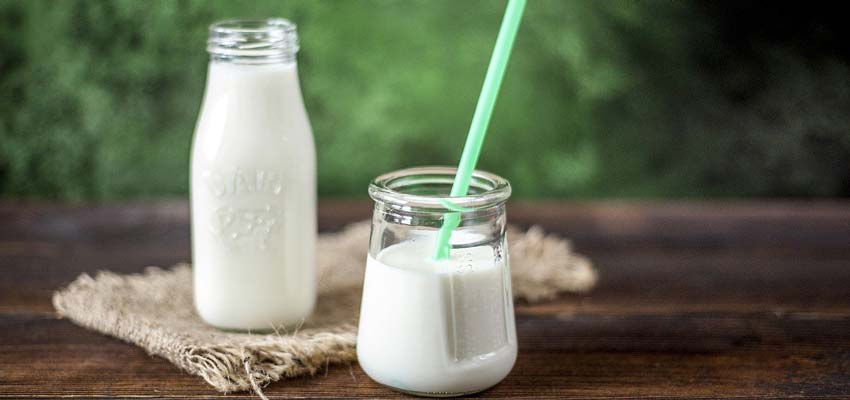Even though only about 20% of German consumers have been medically diagnosed with lactose intolerance, 90% of all consumers regularly buy these products.
The choice has been justified by a self-diagnosed better digestibility (55%) or because a household member has an intolerance (20%). 9% of respondents buy these products because they follow the current trend. For manufacturers and retailers, the growing demand for lactose-free products means a profitable expansion of the product range. In addition to milk and dairy products, baked goods are also becoming increasingly popular. It is also being advertised in the food supplement sector.
A dairy product may be labelled "lactose-free" if its lactose content is no more than 0.1 g/100 g. This is achieved, for example, by treating the milk with a lactose-cleaving enzyme (lactase). One molecule of lactose is converted into one molecule of glucose and one molecule of galactose, which is why the products usually taste sweeter than untreated milk.
Children and adolescents form this enzyme in the small intestine and digest lactose without problems. However, in older adults and depending on their dietary habits, lactase activity can decrease and digestive disorders can occur when large quantities of milk and dairy products are consumed. Only a few people have a hereditary lactose intolerance.
Many products are naturally lactose-free
For those who are not lactose intolerant, lactose-free products offer no added value. And even with intolerance, not everyone affected has to buy the more expensive "lactose-free" products straight away. Many foods that naturally contain virtually no lactose are also advertised as "lactose-free”. Hard cheeses, for example, contain no lactose - even if it is not stated on the package.
Special LC-MS method for the analysis of lactose
Special methods are required for analytical verification because the usual sugar determinations, enzymatic or even chromatographic, are too insensitive at the required low limits of quantification.
The food laboratories of the AGROLAB GROUP apply a sensitive LC-MS method accordingly and check the corresponding product specifications as part of the nutritional value and labelling testing.
Read more: (in German)
Author: Dr. Frank Mörsberger

 Contact
Contact

 Contact
Contact Career
Career